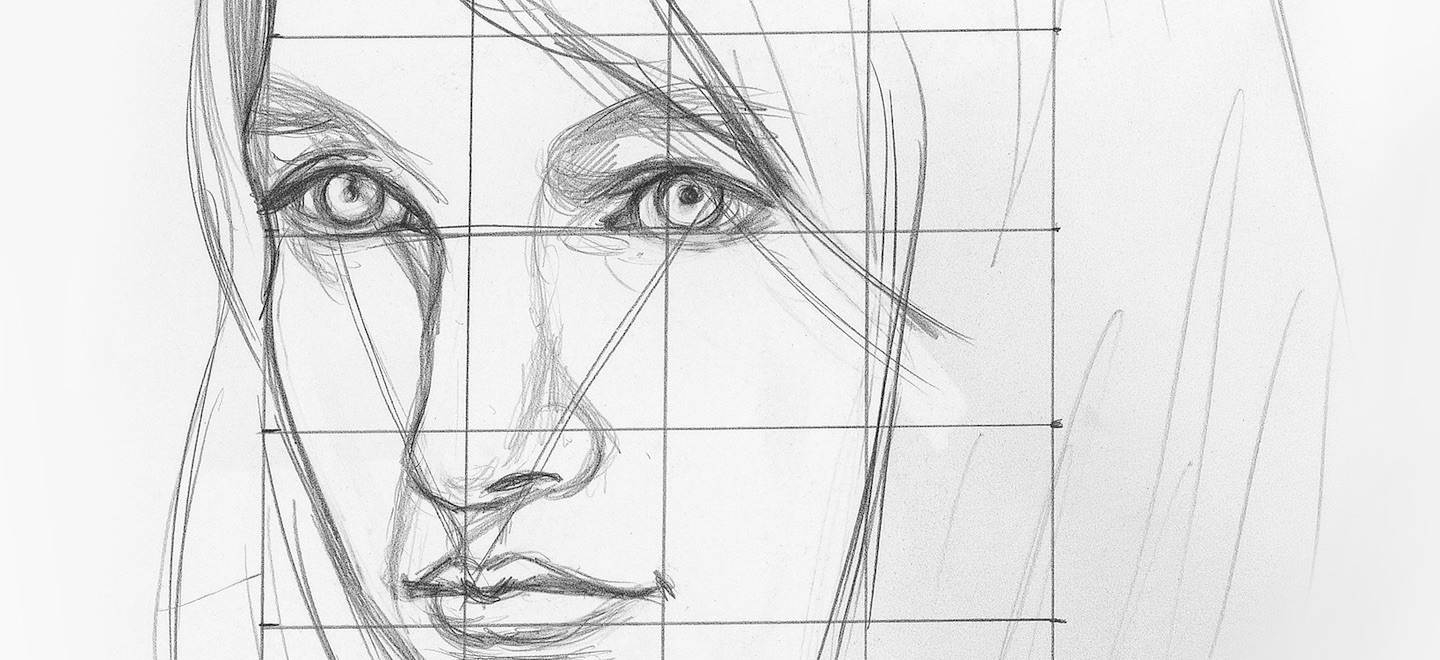Introduction
Drawing is a rewarding pastime and form of creative expression that everyone can enjoy. Whether one is an aspiring artist or not, knowing how to sketch and the basics of shading is very important. This book gives beginners a good start to draw the first step for the sketch.
Gather Essential Materials
Before you start sketching, you will need some materials. Basic supplies include:
- Black Pencils: Black pencils have a range from hard (H) to soft (B) for a wide variety of line quality and shading. Begin with HB, 2B and 4B to have complete variety.
- Paper: Opt for smooth paper for detailed work and textured paper for more gestural work. You can use a sketchpad.
- Erasers: A kneaded eraser is good for softening lines, while a regular eraser can be used over larger areas.
- Sharpener: A sharp pencil makes for beautiful lines and incredible detail.
Start with Basic Shapes
Start small, and try to focus on simple shapes, such as circles, squares, and triangles. These are simple shapes that structures are built around. Concentrate on getting them right on model since they are the basis for future, more complex work. At this point, understanding how proportions and symmetry should look like is important.
Learn to Observe
Observation is central to good drawing. Fine-tune your eye to the details the light, the shadow, the texture. Analyze objects from different viewpoints, and challenge yourself to capture their essence on paper. Watching the world around you will improve your ability to translate what you see in real life into drawings.
Practice Line Work
Try different types of lines to express the feeling of motion and shape. Practice making straight lines and curves, use different pressure to create different effects! Sketches are rooted in the line work, so developing control + fluidity is key.
Explore Value and Shading
Shading gives depth to drawings. Begin with value, which is the darkness or lightness of a color. Build a value scale, going from light to dark, with one pencil. This exercise is about mastering soft shading etc.
Master Basic Shading Techniques
Try out various shading methods and create a variety of textures and effects:
- Hatch: Draw lines in parallel to create shades and texture.
- Cross-hatching: Overlap lines for darker shading.
- Blending: The Stroke of Genius is easily blended with a blending stump or finger.
- Stippling: Make tiny dots to add texture and shade.
Focus on Light and Shadow
You’ll want to know what happens to light when it hits, or reflects off of objects it’s the key to drawing stuff that looks realistic. Locate the light source in your scene and see what it does to shadows and highlights. Practice drawing the simple light and shadow on a still life object with one source of light.
Develop Perspective
Deep feeling and realism to drawings is due to perspective. Begin with one-point perspective, the system in which parallel lines converge at a single point on the horizon. Then advance to two-point perspective for more intricate scenes. To get a sense of this practice drawing simple objects like boxes and straight roads.
Draw from Life
Modeling from the live model trains observation and puts you on the trail of capturing the model’s character. Try drawing everything you see in day-to-day life. It is one of the best training device both to teach and learn how to see proportions and details in a face.
Embrace Mistakes and Experimentation
Errors are a wrong, while learning is a right. Accept them as challenges to become better and stronger. Play around with different styles and approaches to see what works for you. Freeing oneself to experiment without the threat of failure encourages creative growth.
Plan attainable objectives and practice on a regular basis.
Establish realistic goals and keep you motivated. Whether that goal is to draw a sketch a day, or to become a master of drawing a certain kind of technique, it is having clear goals that keep things going along the way. Practice makes perfect so allocate time to draw every day or every week.
Conclusion
When you begin to draw, you need to learn some basic techniques and develop the skills of observation. Suitable for beginning artists, the guide shows how to get started drawing an assortment of subjects, including people, animals, and everyday objects. Push Button When you open the door for mistakes with regular practice, you will “make art” and grow/get creative. With dedication and time, someone can take this interesting journey into the realm of drawing.
